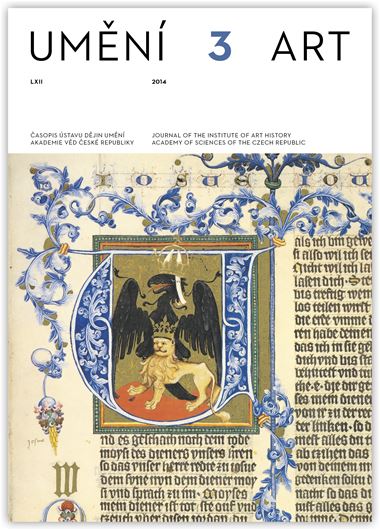Lenka Kužvartová
Domy hotelového typu jako aktualizace myšlenky kolektivního bydlení v šedesátých letech 20. století
Collective housing has long been regarded as a failed and dead-end branch of architecture from the interwar period. In fact, ideas for more communal forms of living did not end in Czechoslovakia with the collective housing that was built after the Second World War in Zlín and Litvínov but continued in the late 1950s with the advent of ‘hotel-type’ residential buildings. This kind of residential architecture was based on a Soviet model. Singles and couples were the intended tenants of hotel-type apartment buildings, in which space was provided for collective living (communal gathering rooms and clubrooms) and collective services (dining halls, laundry collection, and central cleaning services), whereby, for a fee, the tenants were freed from typical domestic duties. Architects often designed these buildings for new housing projects, as part of the local centre of a housing estate and as its most visually prominent structure. Architects had a relatively free hand in how they chose to design these structures and this gave rise to some interesting creations, though they were oftentimes altered in the course of construction by economising measures. Some very interesting hotel-type buildings were built in Olomouc, Ostrava-Zábřeh, Ústí nad Labem, Teplice, Litvínov, Prague, and other towns in Czechoslovakia. This form of housing continued to be built until 1990.
Full-text in the Digital Library of the Czech Academy of Sciences:
https://kramerius.lib.cas.cz/uuid/uuid:db3822f8-adef-48dc-a573-718e8c0ebab6
< back

